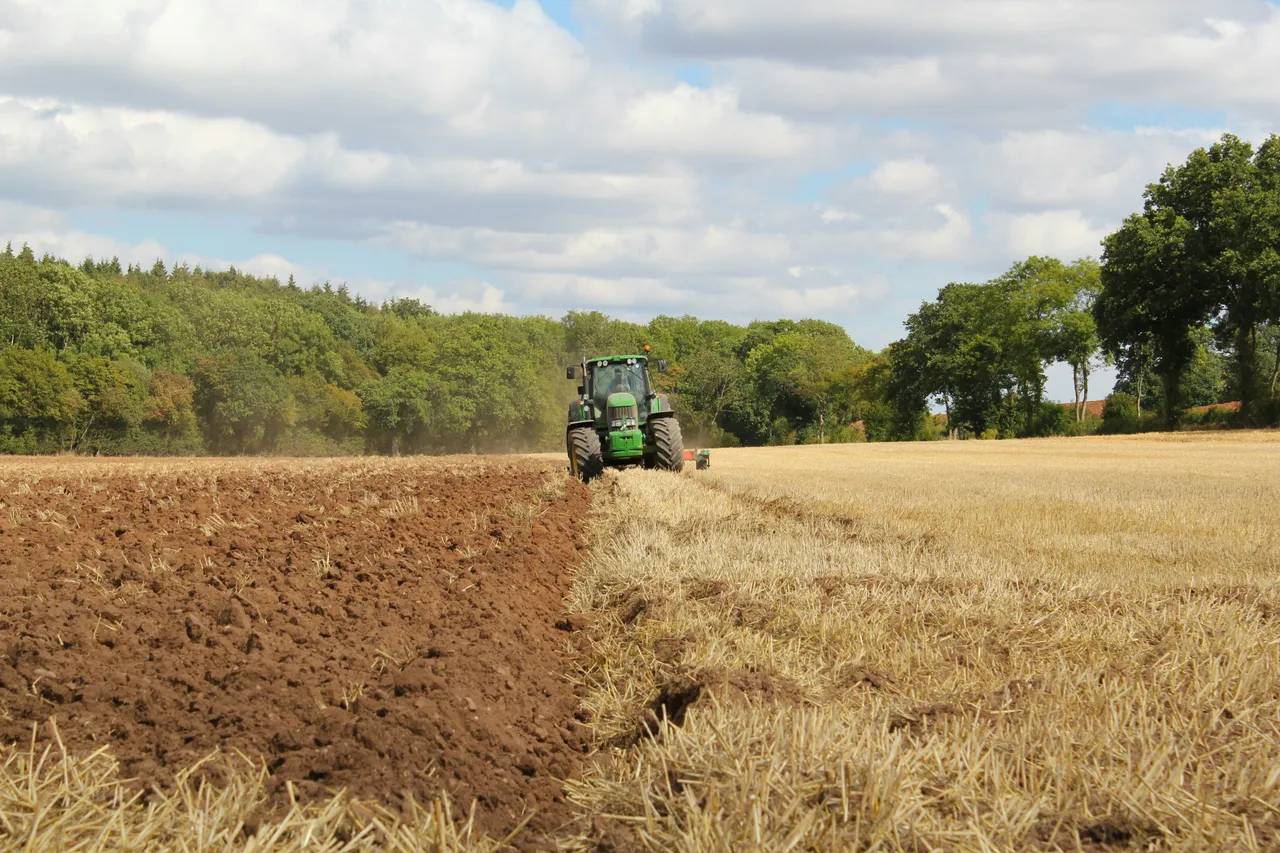Innovative Farming Techniques for Sustainable Agriculture
In the realm of agriculture, the quest for sustainability and efficiency has led to the advent of innovative farming techniques. These methods not only promise to reduce environmental impact but also aim to boost productivity and ensure food security for growing populations. Let's explore some of these groundbreaking approaches that are reshaping the future of farming.
Precision Agriculture
Precision agriculture employs technology to make farming more accurate and controlled. By utilizing GPS, drones, satellite imagery, and soil scanning, farmers can now understand their fields at a micro level. This data-driven approach allows for the precise application of water, fertilizers, and pesticides, only where needed, significantly reducing waste and environmental impact. The result is a more efficient use of resources, leading to higher yields with lower inputs.
Moreover, precision agriculture enables farmers to monitor crop health in real-time, making it easier to identify issues and apply corrective measures promptly. This proactive approach not only saves time and resources but also enhances crop quality and production efficiency.
Regenerative Agriculture
Regenerative agriculture goes beyond sustainability; it aims to rejuvenate the soil and the ecosystem. This method focuses on practices like crop rotation, cover cropping, and reduced tillage, which help in restoring soil health, enhancing water retention, and increasing biodiversity. By working with nature rather than against it, regenerative farming can revitalize land, making it more fertile and productive over time.
One of the key benefits of regenerative agriculture is its potential to sequester carbon, thereby playing a crucial role in combating climate change. Healthy, organic-rich soil captures carbon dioxide, removing it from the atmosphere and reducing the overall carbon footprint of farming activities.
Hydroponics and Aquaponics
Hydroponics and aquaponics represent a leap towards highly efficient, soil-less farming techniques. Hydroponics involves growing plants in a water-based, nutrient-rich solution, eliminating the need for soil. This method not only conserves water but also speeds up plant growth, allowing for higher yields in a smaller space.
Aquaponics combines hydroponics with aquaculture (raising fish) in a symbiotic environment. Fish waste provides an organic nutrient source for the plants, and the plants help filter and clean the water, which is then recirculated back to the fish tanks. This creates a closed-loop system that is highly efficient and sustainable, ideal for urban settings or areas with poor soil quality.
Agroforestry
Agroforestry integrates trees and shrubs into agricultural landscapes, promoting biodiversity, enhancing soil structure, and improving water management. This approach can take many forms, such as alley cropping, where crops are planted between rows of trees, or silvopasture, where livestock graze among trees. Agroforestry not only helps in combating soil erosion and increasing carbon sequestration but also provides farmers with additional income sources through timber, fruit, or nuts.
By harnessing the symbiotic relationships between plants, animals, and the environment, agroforestry represents a holistic approach to land use that can sustainably support diverse agricultural activities.
In conclusion, these innovative farming techniques offer promising solutions for sustainable agriculture, addressing the twin challenges of environmental conservation and food security. As we continue to explore and implement these methods, we pave the way for a greener, more resilient agricultural future.
This article was developed using available sources and analyses through an automated process. We strive to provide accurate information, but it might contain mistakes. If you have any feedback, we'll gladly take it into account! Learn more

